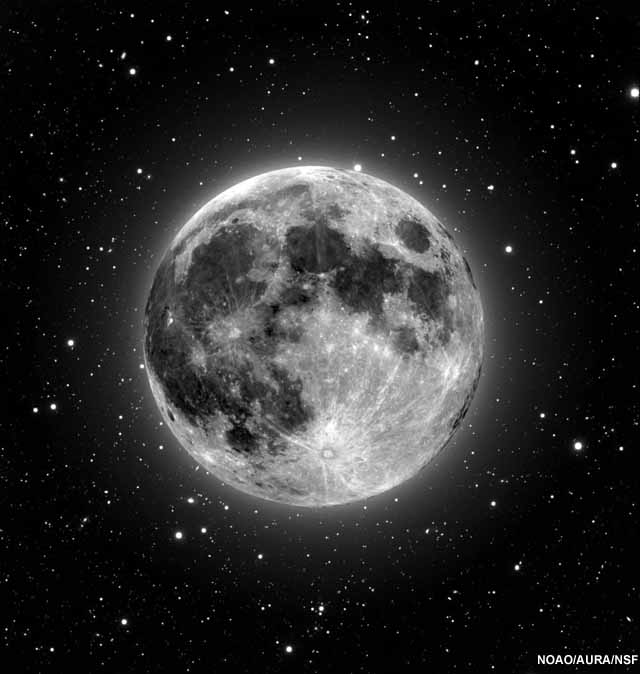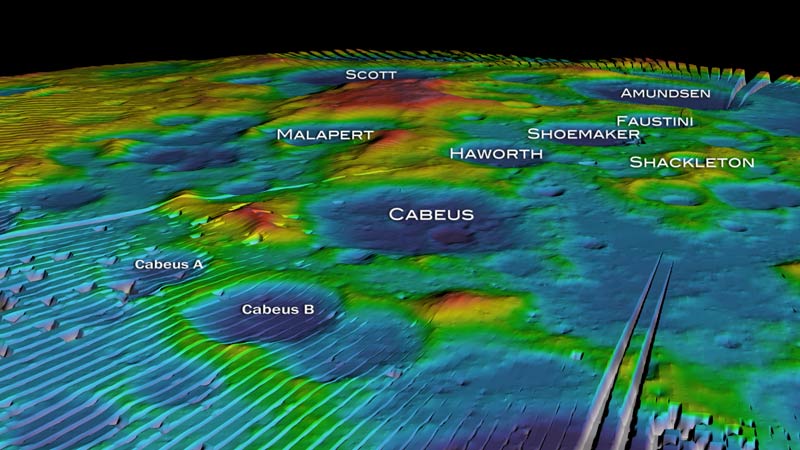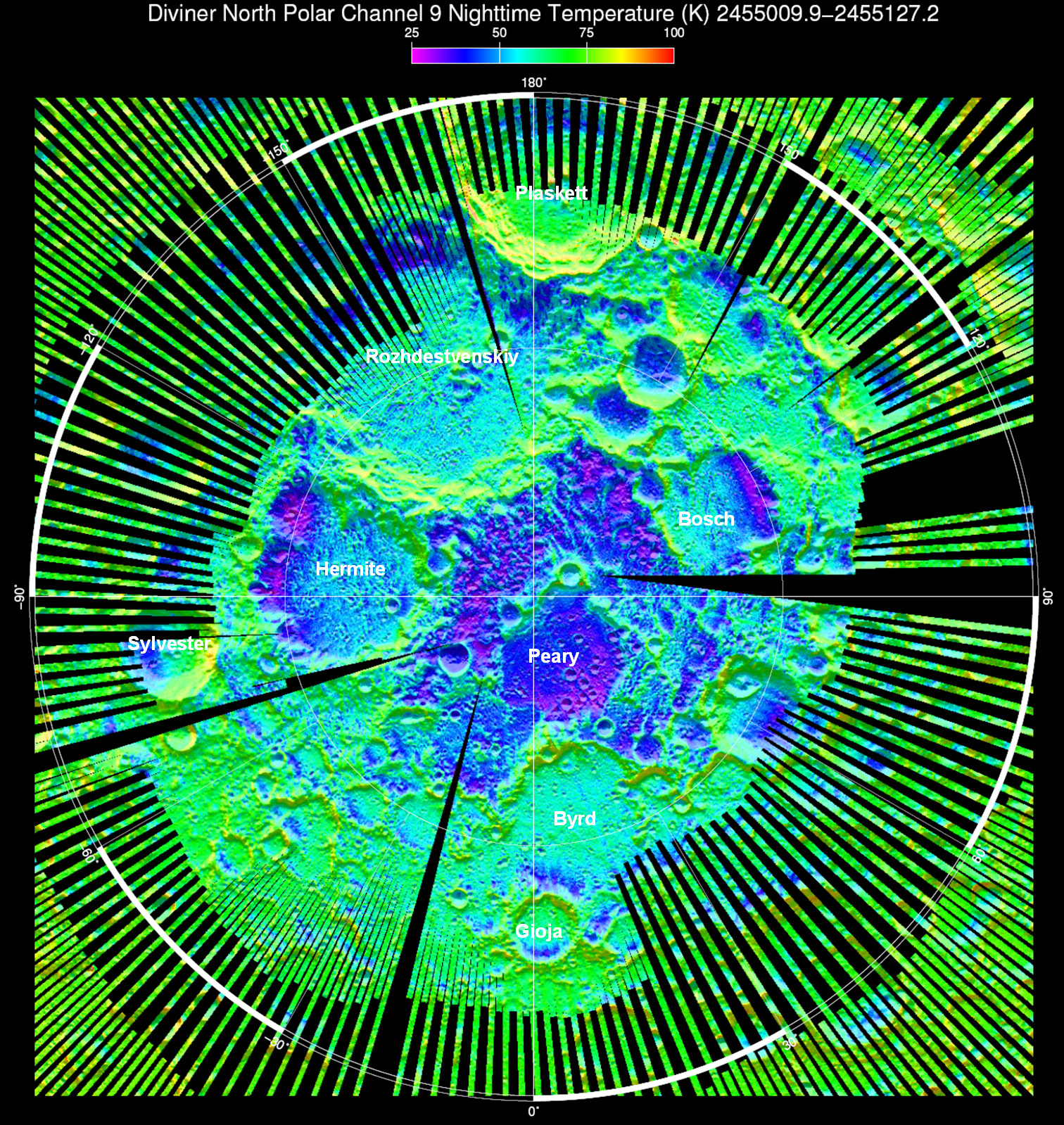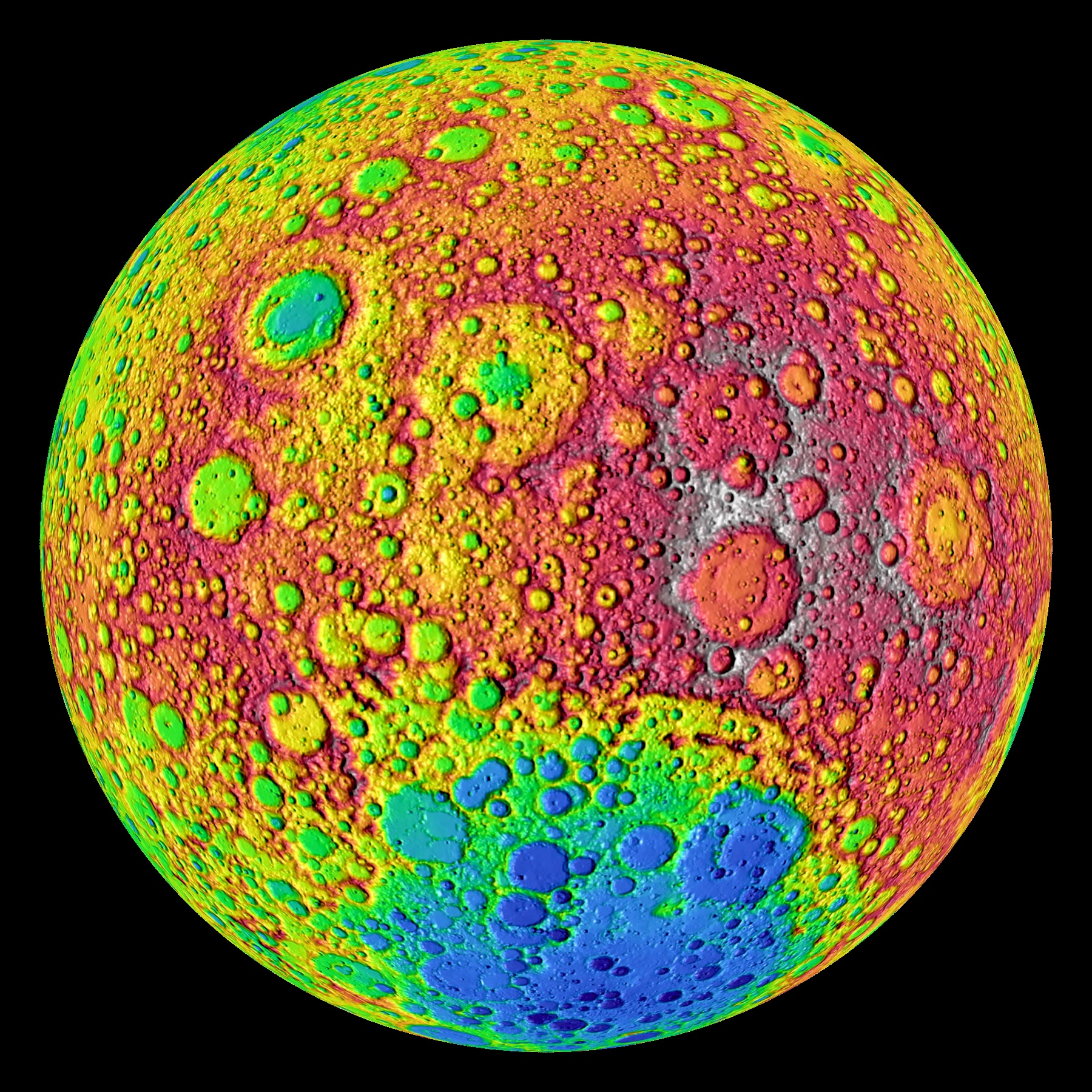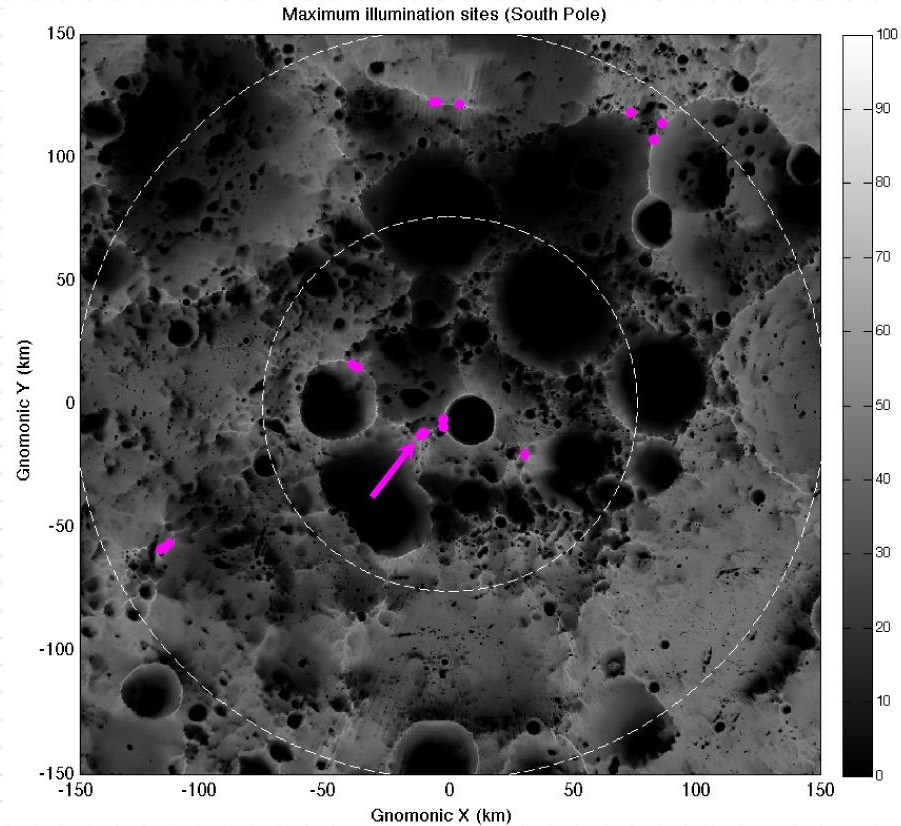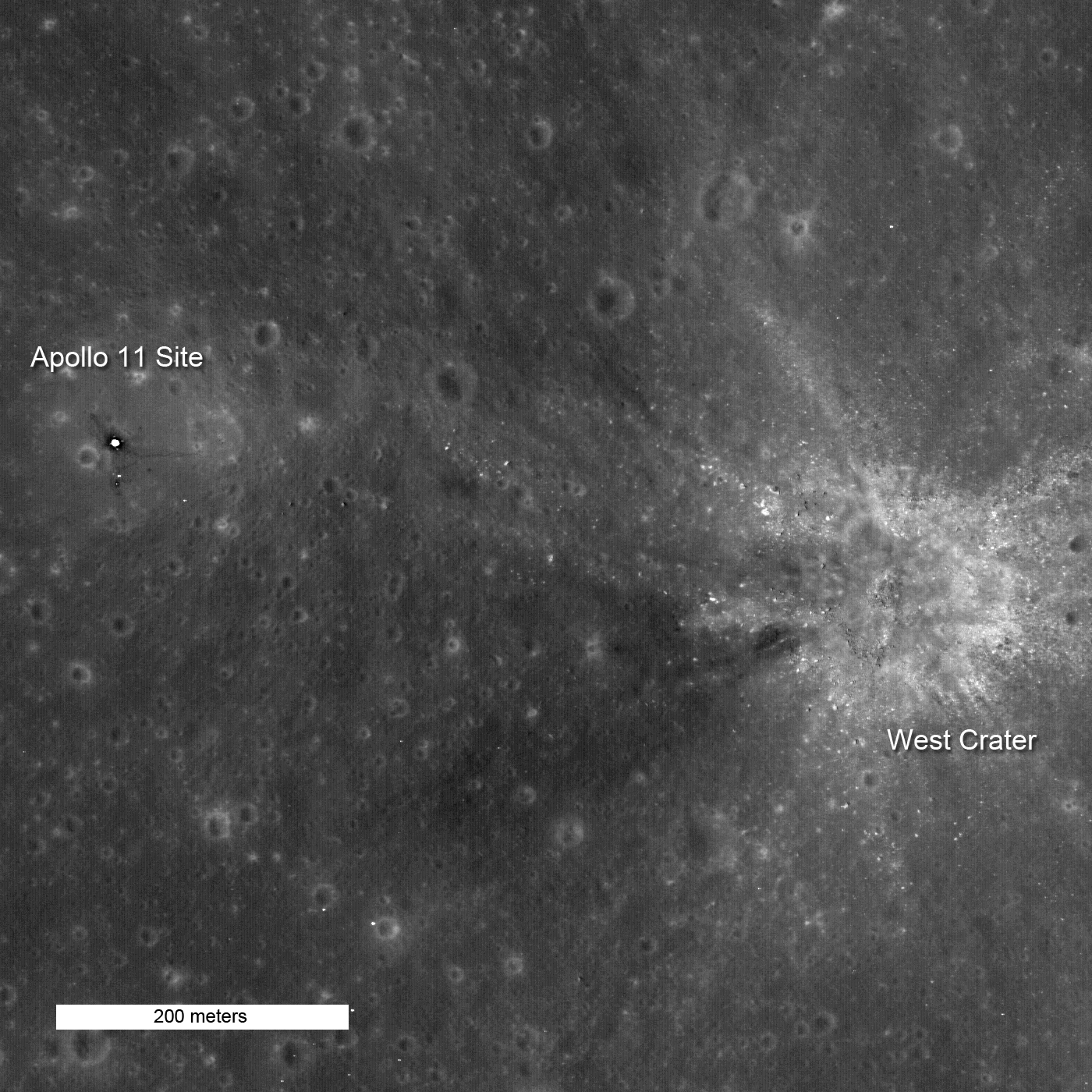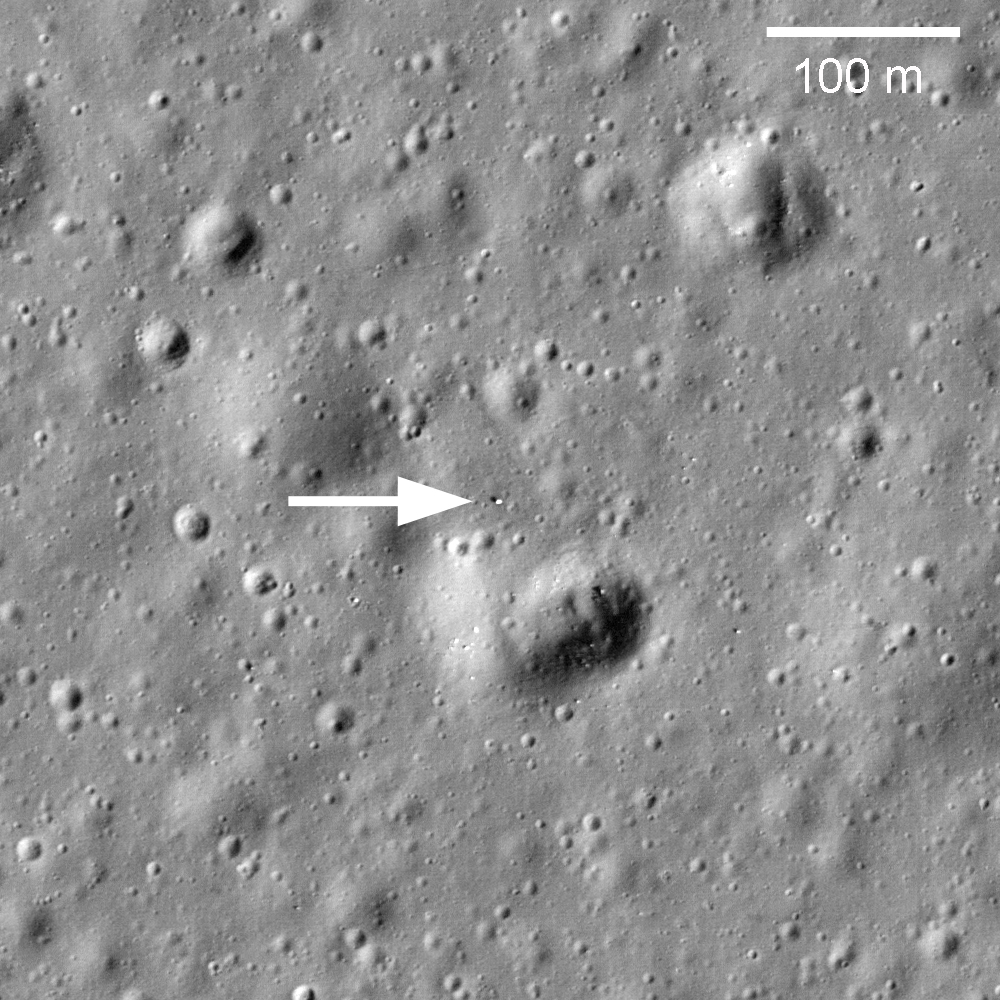10 Coolest Moon Discoveries
The Moon Revealed
The Lunar Reconnaissance Orbiter (LRO), NASA's youngest moon probe, has beamed home a treasure trove of data since its mission began in June 2009. Here's a look at 10 of LRO's most intriguing lunar discoveries so far.
LRO
The biggest revelation uncovered by researchers in recent years is the discovery of water on the moon, in ice and rocks, across huge craters and vast lunar plains. LRO helped discover the moon's hidden water by watching its partner probe LCROSS crash into the lunar surface in October 2009. LRO and other spacecraft ultimately found evidence of tons of water ice at the moon's north pole and elsewhere.
Two Lunar Pits
LRO has now collected the most detailed images yet of at least two lunar pits, giant holes in the moon. Scientists believe these holes form when the ceiling of a subterranean lava tube collapses, possibly due to a meteorite strike. The image shows the Mare Ingenii pit, which surprisingly lies in an area with relatively few volcanic features. This pit is 426 feet (130 m) in diameter
Hermite Crater
Diviner, LRO's temperature instrument, found a location in the moon's Hermite Crater detected to be -415 degrees Fahrenheit (-248 Celsius), making it the coldest temperature measured anywhere in the solar system. For comparison, scientists believe that Pluto's surface only gets down to about -300 degrees Fahrenheit (-184 Celsius). Extremely cold regions similar to the one in Hermite Crater were found at the bottoms of several permanently shaded craters at the lunar south pole and were measured in the depths of winter night.
Far Side of the Moon
One side of the moon always faces toward our planet. The side that faces away should be referred to as the "far side of the moon" instead of the "dark side of the moon," as it receives just as much sunlight as the side that faces us. This image shows the moon's topography from LRO's LOLA instruments with the highest elevations in red and the lowest areas in blue.
Moon's Axis
The moon's axis tilts only slightly, so there are areas of high elevation at its poles that remain almost constantly exposed to the sun. Using LRO's precise measurements of topography, scientists have been able to map illumination in detail, finding some areas with up to 96% solar visibility. Such sites would have continuous sun for approximately 243 days a year and never have a period of total darkness for more than 24 hours.
A11
Images of the Apollo 11 landing site taken by LRO clearly show where the descent stage (about 12 feet in diameter) was left behind, as well as the astronauts' tracks and equipment deployed. This LRO data has important scientific value, as it provides context for the returned Apollo samples.
Breaking space news, the latest updates on rocket launches, skywatching events and more!
Lunar Mountains
On the moon, unlike on the Earth, even the largest lunar mountains were formed in minutes or less as asteroids and comets slammed into the surface, displacing and uplifting enough crust to create peaks that easily rival those found on Earth.
Rilles
Rilles look like river channels on the lunar surface. Researchers call the type shown here a "sinuous" rille, exhibiting strong meanders. The formation of lunar rilles remains a mystery. It is believed there may be many different formation mechanisms including ancient magma flows and the collapse of subterranean lava tubes.
Rover Lunokhod 1
Russian robotic rover Lunokhod 1 landed on the moon in 1970, and traveled about 6 miles (10 km) before vanishing from detection in September 1971. This past March however, the LROC team announced they had spotted it, miles from its supposed location. A laser pulse was sent to Lunokhod 1, and contact was made with the rover for the first time in nearly four decades. Lunokhod 1's retroreflector returned a signal actually about five times better than returned by Lunokhod 2.
Moon Zoo
The LRO Camera (LROC) has a resolution about ten times better than any previous lunar orbiter mission. LROC gathers 100 pixels to other spacecrafts' single pixel. Researchers can now see detailed craters and individual boulders, some measuring only a few feet on the lunar surface. Further, the public can get involved by doing crater and boulder counts to aid in the research at the "Moon Zoo" (http://www.moonzoo.org).
Join our Space Forums to keep talking space on the latest missions, night sky and more! And if you have a news tip, correction or comment, let us know at: community@space.com.

Space.com is the premier source of space exploration, innovation and astronomy news, chronicling (and celebrating) humanity's ongoing expansion across the final frontier. Originally founded in 1999, Space.com is, and always has been, the passion of writers and editors who are space fans and also trained journalists. Our current news team consists of Editor-in-Chief Tariq Malik; Editor Hanneke Weitering, Senior Space Writer Mike Wall; Senior Writer Meghan Bartels; Senior Writer Chelsea Gohd, Senior Writer Tereza Pultarova and Staff Writer Alexander Cox, focusing on e-commerce. Senior Producer Steve Spaleta oversees our space videos, with Diana Whitcroft as our Social Media Editor.
